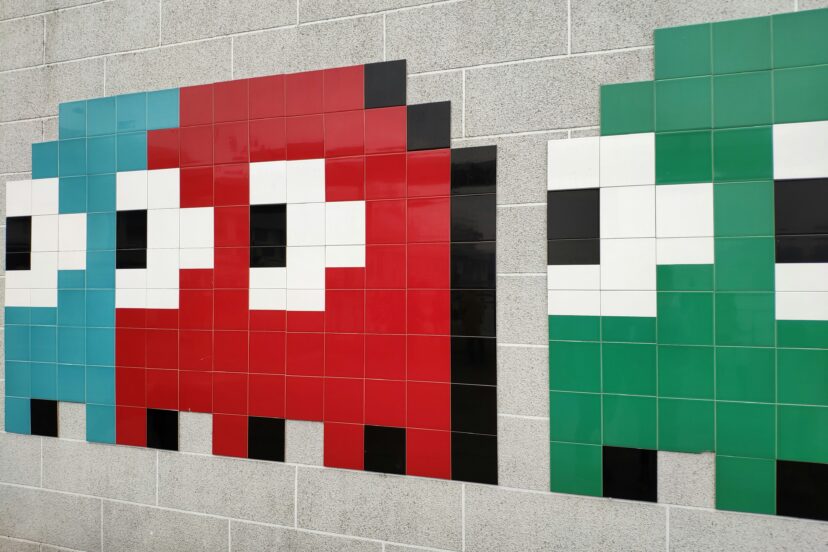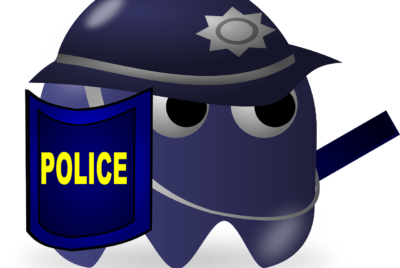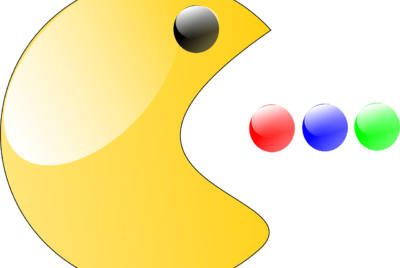Pacman Ghost Names 1
In the vibrant world of Pac-Man, there’s more to our maze-chasing foes than meets the eye. These colorful ghosts, each with a distinct personality and strategy, have names that add a deeper layer to the iconic game. Join us as we uncover the identities of these spectral adversaries and explore how their unique behaviors have kept players on their toes for generations. From Inky’s unpredictability to Blinky’s relentless pursuit, let’s dive into the fascinating realm of Pac-Man ghost names and discover the charm and challenge they bring to our favorite arcade classic. Have you ever found yourself reminiscing about the classic arcade games of the past and wondered about the characters that made them unforgettable? Specifically, do you recall the pesky ghosts from Pac-Man, each with its own personality and strategy? Whether you’re a longtime fan or a newcomer, you might find that diving into the world of Pac-Man ghost names is both fascinating and fun.
Introduction to Pac-Man
Pac-Man is one of the most iconic video games ever created. Developed by Namco and first released in 1980, it introduced us to a maze-chase game that captivated players worldwide. The objective is simple: guide Pac-Man through a maze, gobbling up pellets while avoiding ghosts. But beyond the basic gameplay, there’s a rich tapestry of character design and strategy.
The Gameplay Basics
In Pac-Man, we control the character through a maze filled with pellets, which we aim to eat all while evading four colored ghosts. The maze also contains power pellets that temporarily turn the tables, allowing us to eat the ghosts for a brief period. The game continues until we lose all our lives, striving for the highest score possible.
The Cultural Impact of Pac-Man
From arcades to home consoles, and eventually, to mobile devices, Pac-Man has seen countless adaptations. The characters, especially the ghosts, have become pop culture icons. Their presence extends beyond the game itself, influencing music, merchandise, and various forms of entertainment over the decades.
The Iconic Ghosts: A Brief Overview
The real stars of Pac-Man, often overshadowing Pac-Man himself, are the four ghosts. Each ghost has a distinct personality, movement pattern, and most notably, a unique name. Let’s get to know these charming adversaries a little better.
Who Are the Ghosts?
The four ghosts in Pac-Man are:
- Blinky (Red)
- Pinky (Pink)
- Inky (Cyan)
- Clyde (Orange)
Each of these characters plays a different role in the game’s dynamics, providing varying levels of challenge and strategy.
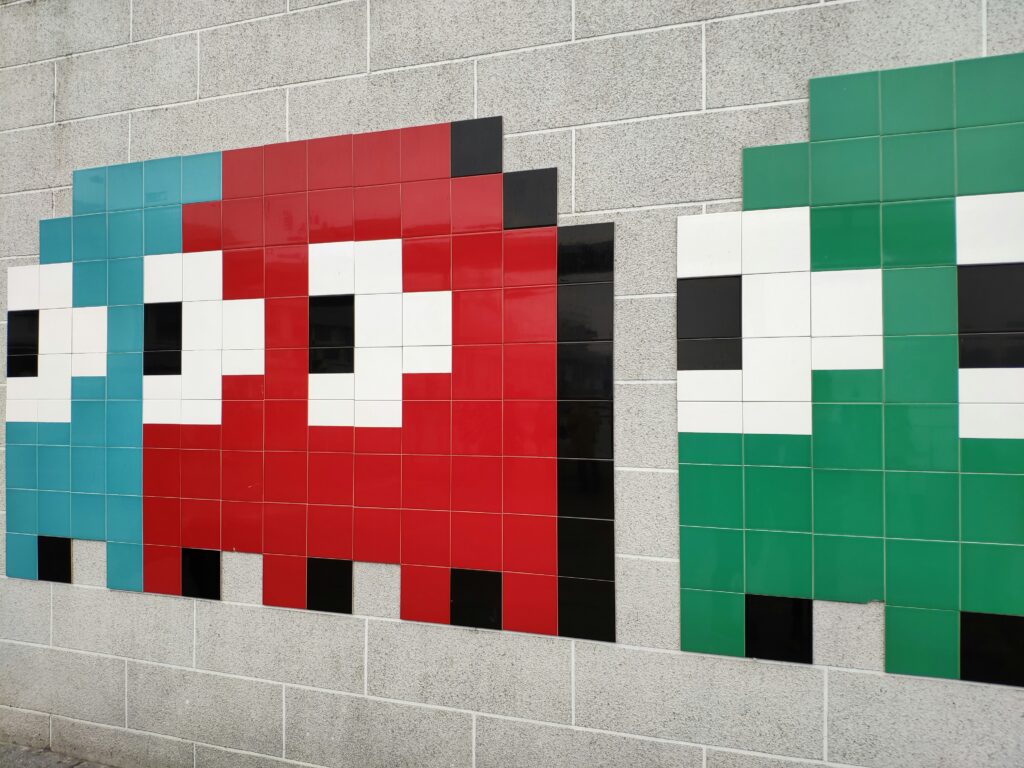
Blinky, The Leader of the Ghost Pack
Introduction to Blinky
Blinky is the red ghost, often considered the leader among the four. He is the most determined to catch Pac-Man, making him a significant threat throughout the game.
Blinky’s Behavior
Blinky starts by patrolling a fixed pathway but becomes more aggressive as we eat more pellets. Once we reach a certain number of pellets, Blinky speeds up, often referred to as “cruising speed.” His objective is to chase us down directly.
Strategy for Dealing with Blinky
To handle Blinky effectively, we need to be constantly on the move, making sharp turns and utilizing tunnels to throw him off. Knowing that Blinky will relentlessly pursue us allows for planned maneuvers, keeping him at bay.
| Behavior Pattern | Strategy |
|---|---|
| Patrols initially | Stay away from predictable paths |
| Becomes aggressive as pellets are eaten | Use tunnels and sharp turns to evade |
Pinky, The Ambusher
Introduction to Pinky
As the pink ghost, Pinky is notorious for trying to position himself in our path. Unlike Blinky, who chases us directly, Pinky aims to ambush us by predicting our movements.
Pinky’s Behavior
Pinky tries to get ahead of Pac-Man by targeting the space four tiles ahead of our current direction. This ghost’s objective is not just to catch us, but to outsmart us by predicting where we’re headed.
Strategy for Dealing with Pinky
Dealing with Pinky requires understanding his predictive nature. By changing directions frequently and avoiding predictable paths, we can evade his attempts to cut us off.
| Behavior Pattern | Strategy |
|---|---|
| Targets ahead of our direction | Vary your movements and avoid predictable patterns |

Inky, The Wild Card
Introduction to Inky
Inky is the cyan ghost and is often considered the most unpredictable. His movements are influenced by both Pac-Man and Blinky, making him somewhat of a wild card in the game.
Inky’s Behavior
Inky’s target location is determined by a complex algorithm involving Blinky’s position and Pac-Man’s direction. Because of this, he can switch from passive to aggressive without any clear pattern.
Strategy for Dealing with Inky
The best way to handle Inky is to keep an eye on both his position and Blinky’s. Understanding that Inky’s behavior is less predictable, it’s crucial to stay vigilant and adaptable.
| Behavior Pattern | Strategy |
|---|---|
| Targets based on Pac-Man and Blinky | Monitor both ghosts and remain adaptable |
Clyde, The Quirky Ghost
Introduction to Clyde
Clyde is the orange ghost, known for his peculiar behavior. He alternates between chasing Pac-Man and wandering aimlessly, making him the oddball of the group.
Clyde’s Behavior
When Clyde is far from Pac-Man, he behaves similarly to Blinky, chasing directly. However, once he gets close, he switches to a scatter mode, heading to the bottom-left corner of the maze.
Strategy for Dealing with Clyde
To deal with Clyde effectively, we need to be aware of his dual nature. When he’s chasing, treat him like Blinky; when he’s scattering, use the opportunity to clear pellets in safer areas.
| Behavior Pattern | Strategy |
|---|---|
| Chases when far, scatters when close | Clear pellets while he’s in scatter mode |

The Ghosts in Different Versions of Pac-Man
The original arcade game introduced us to these ghosts, but their behavior and names have seen variations in different versions and adaptations of Pac-Man. Let’s explore some notable versions.
Ms. Pac-Man
In Ms. Pac-Man, the ghosts retain their colors but exhibit slightly different behaviors. This game introduced new maze designs and slightly altered the ghost AI, making the game even more challenging.
Pac-Man Championship Edition
The ghosts in Pac-Man Championship Edition exhibit more advanced behavior and vibrant graphics. This version is designed to be faster-paced, with ghosts that react more dynamically to our movements.
Other Variations
There are countless other adaptations of Pac-Man, each with unique twists on ghost behavior and naming conventions. These changes keep the game fresh and offer new challenges for seasoned players.
The Significance of the Ghosts’ Names
Ghosts’ names are more than just identifiers—they reflect their personalities and roles within the game. Understanding the significance of each name can enhance our appreciation for the game design.
Translation and Localization
The original Japanese names of the ghosts (Blinky – Aka Oni, Pinky – Pinku Oni, Inky – Aosuke, Clyde – Guzuta) offer direct insights into their colors and characteristics. The English names maintain this essence while making them more accessible to a global audience.
Cultural Impact
The ghosts’ names and characteristics have transcended the game, influencing various media and becoming part of pop culture lexicon. They serve as a testament to the game’s enduring legacy and its ability to captivate diverse audiences.

Fun Facts and Trivia
Here are some interesting tidbits about Pac-Man ghosts that add a layer of intrigue and fun:
- Blinky is often called “Shadow” in different adaptations because he’s always lurking behind Pac-Man.
- Pinky’s design was intended to be more aggressive to balance the gameplay by providing different pressure points.
- Inky’s unpredictability was a design choice to make the game less monotonous and add a strategic element.
- Clyde’s dual behavior makes him both a threat and an opportunity, adding depth to the gameplay mechanics.
Ghosts Outside The Pac-Man Universe
The influence of the Pac-Man ghosts extends beyond the confines of the game itself. They have appeared in other video games, television shows, and even as Halloween costumes.
Cameos and Crossovers
Pac-Man ghosts have made cameo appearances in other Namco games and even in franchises outside Namco, showing their widespread recognition and appeal. For instance, they’ve appeared in games like Super Smash Bros. and Mario Kart.
Merchandising
From toys to clothing, the Pac-Man ghosts have been featured in a wide array of merchandise. Their distinct and simple design makes them perfect for branding and nostalgic products.
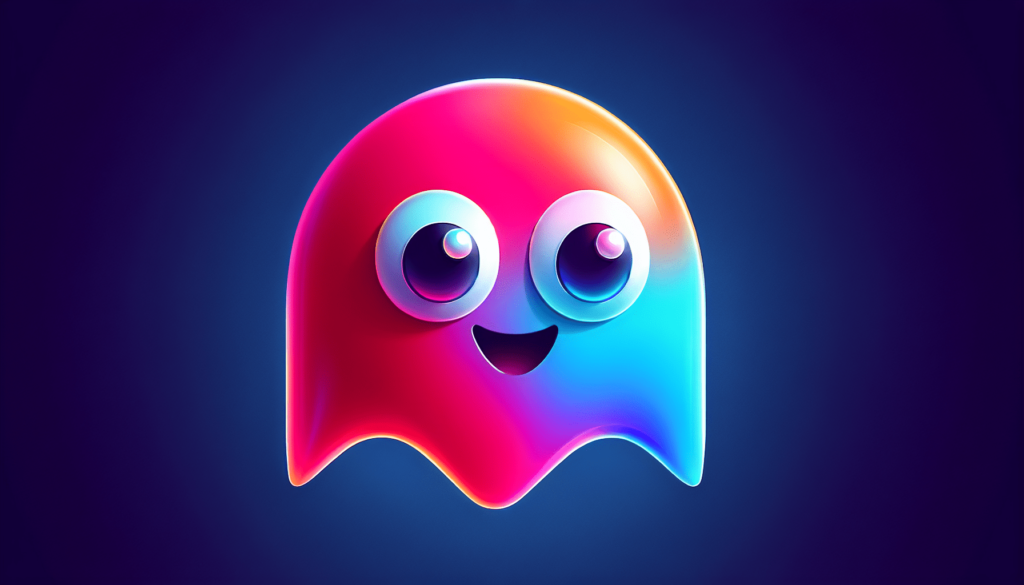
Conclusion: Why We Love Pac-Man Ghosts
The ghosts in Pac-Man are more than obstacles; they are integral characters with unique behaviors that enrich the gaming experience. Understanding their names, behaviors, and significance enhances our appreciation and strategy when playing the game.
Staying Nostalgic Yet Relevant
Despite being over four decades old, Pac-Man and its ghosts continue to capture the hearts of new generations. This timeless appeal showcases the genius of its design and the universal charm of its characters.
So next time you play Pac-Man, remember that each ghost isn’t just a colorful adversary but a character with a story, adding layers of strategy and fun to one of the greatest games ever created.

